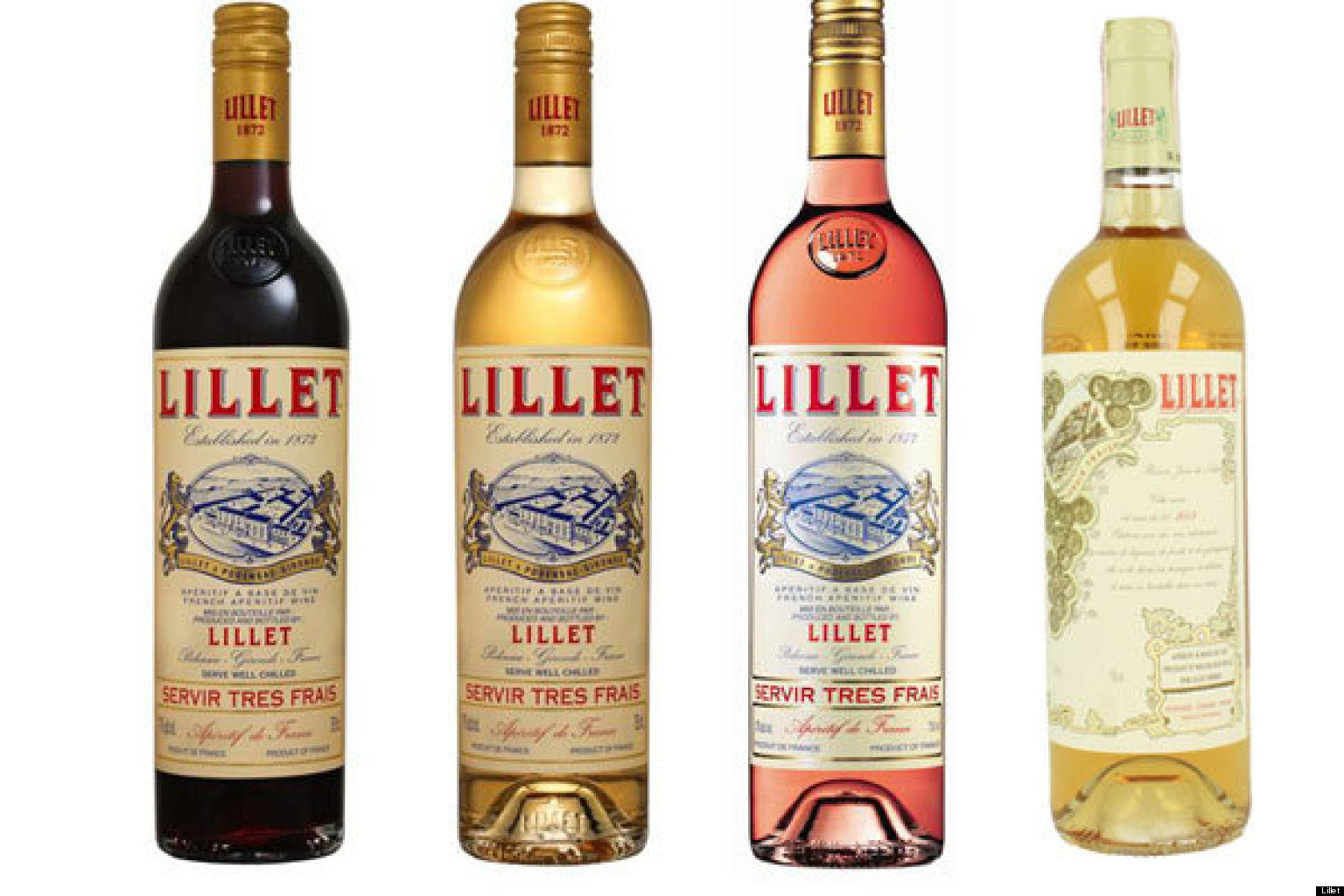A Call for Organized Drinking
Where is wining and dining headed? It seems as though there has been a huge change in the way San Diegan’s dine. High labor costs has given rise to fast casual dining. There was a time when going out to dinner meant sitting in a restaurant, perusing the wine list, ordering a salad or starter, a main course and dessert. Today people go out to eat and order over a counter and their food is brought to them by a food runner. In order to get a drink they go to the bar open a tab and order a glass of wine, cocktail or beer. Long gone are the days of fine dining and table side service. Restaurant owners have to change the way they do business. They can no longer have servers, bussers, food runners, bartenders, sommeliers and baristas on the floor. The rise in minimum wages has forced them to re-think how to service the guest.

I am not writing this to complain about this new trend in restaurants. I am merely acknowledging the changes in our approach to food and beverages. Fine dining is not for everyone, many people feel uncomfortable. This new fast casual dining is quick, easy and if you have kids, makes going out painless. However, something is lost. I have a bit of nostalgia for organized dining. I don’t mean fine dining. Fine dining gets confused with penguin suits, drawn out meals and expensive wine. Organized dining is different. Organized dining involves organized drinking.

My favorite way to start a meal, pastis, absinthe or anise liqueur.
Organized drinking is the way people of the old world approach their beverage choice with their meals. In France, before going to eat you may stop off at one of the many pastis bars for a quick drink of Absinthe, Pastis or Pernod. The apéritif is the opening to the meal. We drink it so that our appetite opens open. Our digestive system loosens up allowing us to begin the meal. Today, instead of asking for a pastis we ask for a cocktail. Some cocktails are made with an apéritif but most are not. A good cocktail should be balanced with sweetness, bitterness and tartness. But so many cocktails are not balanced. When we drink a lemon drop or Mojito full of sugar it slows down our digestion. That first drink is so important, it is what will decide how we will taste the food to come.

A wine liqueur, Lillet, makes a great start. Try with soda water and lemon twist.
A good apéritif such as Pastis, Lillet or Vermouth is not loaded with sugar or alcohol. It allows your palate to open up and your taste buds to warm up. Starting off with a cocktail, beer or red wine overwhelms the palate. The carbonation scrapes your taste buds, sugar is over stimulating or the alcohol can saturate the taste buds. Beverages such as these prior to the first course can deaden the taste buds and regrettably your palate is unable to perceive the first course to the fullest.
Want to start with a beer, try a gose. It light and champagne like, sour beer. Lower alcohol and gets the palate started.
Organized drinking is choosing beverages which enhance or compliment the food. This is why traditionally we start with a glass of white wine with the first course then move on to red for the second. If we are drinking beer we would start with a lighter beer such as a lager or blonde ale and then move into something heavier that matches the food. Organized drinking allows the flavors of the dish and beverage to gel harmoniously. So often we forget to do this and drink what we want because we like it regardless of what we are eating.

Old World wines are a better option for eating with your meal. If you like big wines and still want them to pair, Chateauneuf-du-pape might be a good choice for you.
For example, we order a glass of Cabernet or an IPA before the salad hits the table. These choices overwhelm or palate with tannins, alcohol and/or hop bitterness. When we dig into the salad we miss the nuanced flavors of the herb vinaigrette or the sharpness of the cheese. Of course we still taste the salad, but we miss out on the essence of the dish. We most likely stick with the same beverage for our main course regardless of the weight of the food. Sometimes our beverage will pair perfectly, other times it overwhelms the dish and sometime the dish destroys the beverage. Organized drinking means deciding what to drink because it compliments or augments the meal.

Madeira is great to start if eating tapas, great to pair with salty Asian dishes, and the prefect way to end a meal. They range from dry to sweet and each is fantastic. Best of all they last for ever.
More so, what we are really missing is the finale. I don’t think we need dessert every time we eat. But we should have something to help digest. In Italy the grappa is served at the end of the meal. In Spain we may finish with a Pedro Ximenez. The last libation should be used to put a pleasant end to the meal. We do not drink enough Madeira, Port, aged rum or Cognac. These beverages have a role in organized dining. They help us digest the meal. So many times we end with dessert or something sweet. All that does is fulfill a craving. Many times it makes digestion more difficult. It brings a rush of sugar into our blood and awakens us. More thought should be put to the end of the meal. It is the time to say good-bye and goodnight. Eating in a disorganized manner causes our stomach to work double time. When it is time to sleep we are still digesting and leads to poor sleep or worse, nightmares. All it takes is finishing the meal with a digestive libation to help settle the stomach. We forget about these liqueurs. They exist for a reason, so let’s use them.

Cognac is a great way to and a meal, but try an anejo or extra anejo tequila in its place. You will be surprised at how complex they can be.
The next time you go out to eat, whether it is at a fast casual or a formal restaurant, think twice before you order your beverage. Put some thought into what you are eating and drinking and you will see the dining experience come to life. I also challenge restaurants to put more thought into their beverage choices. They should have options of aperitifs and digestifs on the menu so that guests can choose to eat and drink organized. As restaurants struggle with increasing labor costs, they should focus on increasing sales and offer more apertifs and digestifs. Put them on special, train the servers and bartenders to offer them once the guest sits down. Organized drinking is a win for both the restaurateur and diner.
Try some of my other recommendations for organized drinking.

Like Madeira, Sherry can be used to start the meal or end the meal. Sherry is so under rated in the USA.

Amaros are a great way to get the appetite going. You can find them all over the world. Here is one from Mexico.

Instead of having another glass of wine at the end of a meal, ask for a Chinato. An aromatized wine from Italy, great to help your digestion.

Anise liqueurs are also a great way to end a meal. Sweeter liqueurs hit the spot. They range from Sambuca to Ouzo to this Mayan liqueur, Xtanbentun which also has honey.









3 Comments
Ana Maria Cesena
Great read. Good call for organized drinking.
Learned a lot too. I had no idea you could pair some of these spirits with foods like Madeira with Asian dishes.
Also had forgotten how good pastis, Lillet and others are to have before a meal. A great reminder on all the options we have to complete and enhance the dining experience.
Michael Langdon
Once again Maurice I find your writings and suggestions so helpful and inspiring. Being in the beverage business myself, I love the fact that I’m always willing to listen, learn, and of course taste.
Thank you for another thoughtful post my friend.
CHEERS!
Michael
george Skorka
Your brain is/was correct…..again. Bravo.